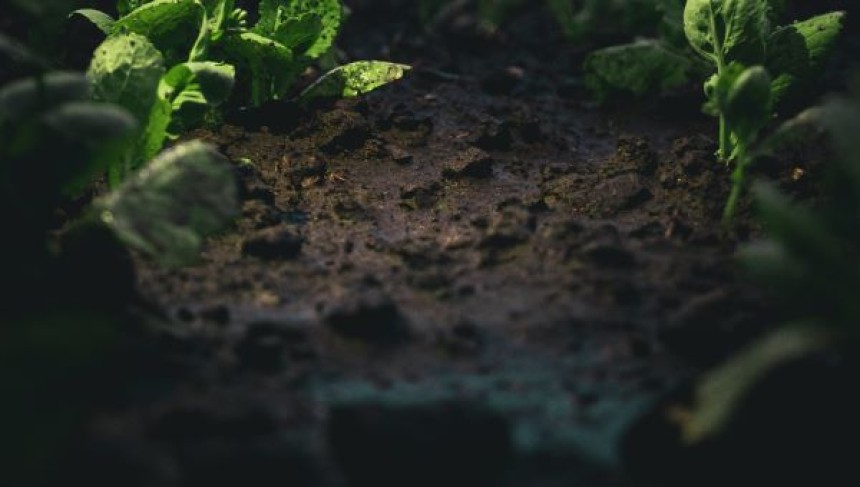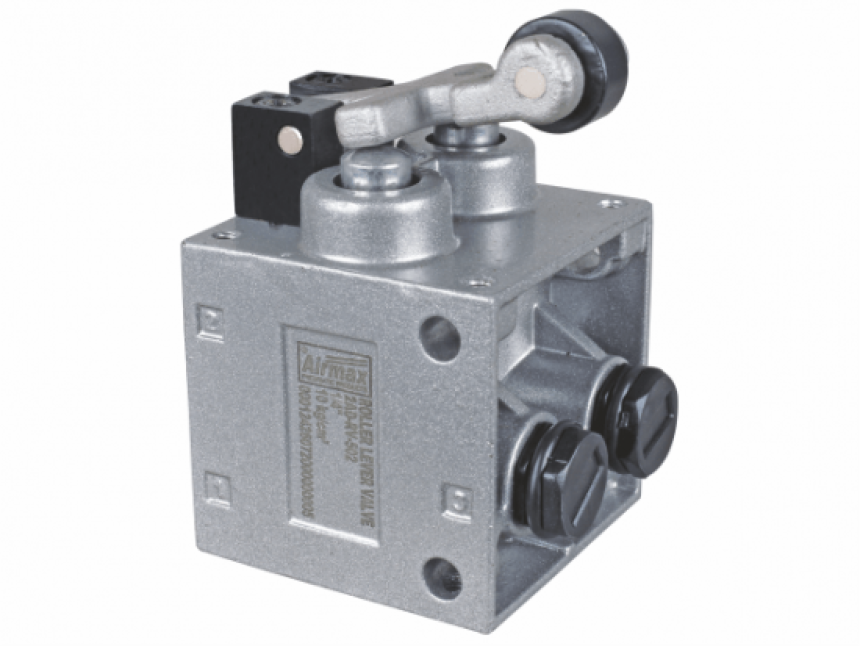
A Step-by-Step Guide to Applying Gibberellic Acid 0.001 L for Maximum Yield
When achieving optimal growth and improving crop yields, plant growth regulators (PGRs) like gibberellic acid (GA) play a crucial role in modern agriculture. Gibberellic acid 0.001 L has gained significant attention for its ability to enhance various plant processes, including seed germination, stem elongation, flowering, and fruit development. However, to fully benefit from its potential, it’s essential to apply it correctly. In this guide, we will walk you through the steps involved in applying gibberellic acid 0.001 L to your crops to maximize yield, quality, and overall plant health.
When achieving optimal growth and improving crop yields, plant growth regulators (PGRs) like gibberellic acid (GA) play a crucial role in modern agriculture. Gibberellic acid 0.001 L has gained significant attention for its ability to enhance various plant processes, including seed germination, stem elongation, flowering, and fruit development. However, to fully benefit from its potential, it’s essential to apply it correctly. In this guide, we will walk you through the steps involved in applying gibberellic acid 0.001 L to your crops to maximize yield, quality, and overall plant health.
Understand Gibberellic Acid and Its Role in Agriculture
Before diving into the application process, it’s essential to understand the function of gibberellic acid 0.001 L. Gibberellic acid is a naturally occurring plant hormone that stimulates growth by promoting cell division and elongation. It has multiple benefits for crop production, including:
- Seed Germination: Gibberellic acid helps break seed dormancy - germination in many crops, especially those that are slow to sprout.
- Stem Elongation: It enhances stem elongation, which can be crucial for crops that require better light interception and growth.
- Fruit Size and Yield: By stimulating cell growth, gibberellic acid contributes to larger fruits and higher yields, making it particularly useful for fruit-bearing crops like grapes, tomatoes, and apples.
When used at the proper gibberellic acid dosage per liter, this plant growth regulator offers a sustainable and effective way to boost crop productivity, especially in organic farming, where reducing synthetic chemicals is a priority.
Step 1: Select the Right Crop and Timing for the Application
Not all crops require gibberellic acid treatment; misapplying it can lead to poor results. Start by selecting the appropriate crop and the proper growth stage for application.
Choosing the Crop
Gibberellic acid 0.001 L is widely used for various crops, including:
- Fruits: Grapes, apples, citrus fruits, strawberries, and tomatoes can benefit from gibberellic acid, as it enhances fruit size, quality, and uniformity.
- Vegetables: Gibberellic acid can improve the growth and yields of crops like cucumbers, peppers, and lettuce.
- Grains: Gibberellic acid can improve tillering and plant height in crops like rice and wheat.
Each crop has a specific growth stage when gibberellic acid is most effective. For example, applying gibberellic acid during the early stages of fruit development for fruit trees is ideal. At the same time, it may be more beneficial for grains during the early vegetative growth phase.
Optimal Timing
Timing is critical for applying gibberellic acid 0.001 L. Here are general guidelines for different crops:
- Fruits: Apply during the early fruit development stages or when the fruit begins to set to increase fruit size and uniformity.
- Vegetables: Apply at the early vegetative growth stage to encourage vigorous growth and better fruit formation.
- Grains: Apply during the early tillering stage to enhance plant height and tiller formation.
Agrigib - Gibberellic Acid 0.001% L is an excellent product for ensuring precise control over the timing and dosage for optimal crop development.
Step 2: Determine the Correct Dosage
The gibberellic acid dosage per liter varies depending on the crop and growth stage. , following the dosage recommendations to avoid over-application can lead to undesirable effects like excessive elongation or weak plant structures.
General Dosage Recommendations
Here are some general guidelines for applying gibberellic acid to different crops:
- Grapes: Use 10-20 mg per liter of water, applied during early berry development.
- Tomatoes: Apply 25-50 mg per liter of water to improve fruit size and yield.
- Apples: Use 10-15 mg per liter of water to enhance fruit size and uniformity.
- Rice: Apply 30-50 mg per liter of water during the early vegetative growth phase to promote tillering and plant height.
- Strawberries: 10-15 mg per liter of water can enhance fruit set and size during the flowering phase.
It is essential to adjust the dosage based on the specific crop and its growth requirements.
Measuring the Dosage
You can use a precision scale or a calibrated measuring spoon to measure gibberellic acid. Mix the correct dosage with water, and ensure the solution is thoroughly stirred for uniform distribution before application.
Step 3: Apply Gibberellic Acid to the Plants
Once you’ve determined the correct crop and dosage, it’s time to apply the gibberellic acid solution. The most common method for applying gibberellic acid 0.001 L is through foliar spraying, but it can also be used on the soil in some instances.
Foliar Application
- Sprayer: Use a handheld sprayer or backpack sprayer to apply the solution evenly to the plant leaves, stems, and flowers.
- Event Coverage: Ensure the solution is evenly distributed, covering all plant surfaces. A fine mist is ideal for uniform application.
- Best Time for Spraying: Apply early in the morning or late in the evening when temperatures are more relaxed and humidity is higher to reduce evaporation and ensure maximum plant absorption.
Soil Application
In some cases, gibberellic acid may be applied directly to the soil, especially for crops like rice or when targeting root development. Follow the specific instructions for soil application based on crop requirements.
Step 4: Monitor Plant Response
It is essential to monitor the plants' responses after applying gibberellic acid. While gibberellic acid can yield excellent results, the response may vary depending on environmental conditions, plant variety, and dosage.
- Look for Signs of Over-Application: Excessive elongation or deformed growth can be signs of overuse. If this occurs, reduce the dosage or frequency of application in future cycles.
- Observe Growth Patterns: Ideally, you should observe signs of increased growth, larger fruits, and more uniform development in the days following application.
Monitoring will help you fine-tune your application process for future plantings.
Step 5: Adjust Application Based on Conditions
Weather, soil conditions, and plant health highly influence agriculture. Adjustments to the gibberellic acid dosage per liter may be necessary if environmental conditions change. For instance:
- Temperature: High temperatures can increase evaporation rates, so spraying during more excellent parts of the day is preferable.
- Humidity: In dry conditions, you may need to increase the watering frequency or apply the solution with more water to ensure proper absorption.
- Soil Health: Gibberellic acid may not be as effective in nutrient-deficient or compacted soil. In such cases, incorporating organic matter and improving soil structure is recommended.
"A plant's potential lies in its ability to adapt and grow, but the right nurturing makes that potential a reality."
Long-Term Benefits of Using Gibberellic Acid for Yield Optimization
When applied correctly, gibberellic acid 0.001 L offers numerous long-term benefits for farmers:
- Increased Yields: Regular use of gibberellic acid can result in more abundant harvests, particularly in fruit and vegetable crops that benefit from enhanced size and uniformity.
- Better Crop Quality: Gibberellic acid improves crop quality by ensuring more consistent fruit size and reducing defects like cracks or uneven ripening. This leads to better marketability.
- Reduced Input Costs: Improved plant vigor and higher yields allow farmers to reduce their reliance on excessive fertilizers and water, saving costs.
Farmers using gibberellic acid in their integrated crop management systems can achieve sustainability and profitability without compromising environmental health.
Wrapping Up: The Key to Success in Yield Optimization
Maximizing crop yield with gibberellic acid 0.001 L involves timing, correct dosage, and careful monitoring. By applying gibberellic acid at the right stage, in the right amount, and under the right conditions, you can see substantial improvements in plant growth, fruit quality, and overall crop yield. Remember that sustainability in farming is not just about increased productivity—it’s about fostering balanced, healthy crops that thrive year after year.
Whether you’re an experienced grower or new to using plant growth regulators, taking the time to understand how gibberellic acid works and how to apply it effectively will set you on the path to a successful harvest.
This Article is written to accelerate businesses. JOIN The Community Now! Fuel your business success with Grow Media Digital! 🚀 Tailoring expert strategies, from SEO to social media, ensure a perfect fit for your needs. With an innovative approach, they stay ahead of trends, guaranteeing measurable growth. Visit growmedia.digital to bring your business to new heights.




Minimalist Jewellery Trends
Minimalist jewellery is the look of the moment, providing refined elegance and ample oppor...
